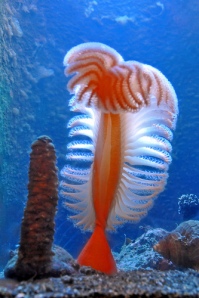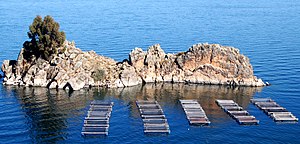Take a look at this quarter’s top 5 reasons folks end up on our site. (Due to the amazing power of WordPress I can see what you’re typing into a search that would lead you here!)
2. How do flamingos get their color?
3. What is the biggest fish in the sea?
Anytime you have a beachcombing or ocean related question feel free to email us at info@beachchairscientist.com.












What people are saying …